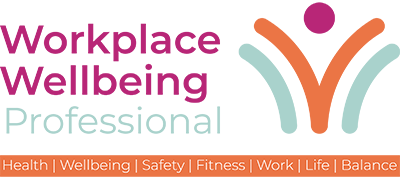Fewer than half of UK employees are thought to understand the full range of benefits available to them — and hybrid working is making matters worse.
That’s according to new research from advisory firm Towergate Employee Benefits that suggests just 39% of employers believe their staff have a solid grasp of their benefits packages. Communication breakdowns, especially in organisations with a dispersed workforce, appear to be a major factor behind the low awareness.
The study, based on a survey of 500 HR decision-makers, found that more than a third (38%) of employers now find it harder to communicate support because many staff work remotely either part-time or full-time.
In response, 62% have increased the frequency of health and wellbeing updates — but almost half (43%) still struggle to tailor messages effectively to different groups within their workforce.
Debra Clark, Towergate’s head of wellbeing, said many employers were aware that benefits communication matters, but their current efforts often fell short.
“It’s positive to see that employers are clearly aware that communication of employee benefits is important; however, in many cases, the current processes are not sufficient,” she said. “What needs to happen now is for employers to fully understand the options open to them and to harness the tools to improve benefits communication.”
Hybrid Working Adds Complexity
The rise of hybrid and remote work has transformed how teams interact, and how information is shared. Watercooler conversations and in-office posters have given way to Zoom calls, email bulletins and Slack threads, which can be easy to overlook.
In this context, Clark says, even well-designed benefit packages risk being underused or misunderstood. When employees aren’t fully aware of what’s on offer, neither they nor the business reap the full value.
The Digital Shift
Digital platforms are increasingly being used to bridge the gap. Towergate’s research found that 55% of employers now place greater emphasis on health and wellbeing communications through apps and online systems.
The motivations behind this shift include:
- Ease of access – 34% say employees can see all their benefits in one place
- Improved communication – 33% believe digital platforms help convey information more clearly
- Better usage – 32% say benefits are easier for staff to use
- 24/7 availability – 32% value the always-on nature of digital systems
- Personal choice – 31% highlight the ability to tailor benefits to individual needs
The platforms also allow employers to target specific demographics. Younger workers, for example, might be more interested in student loan support or mental health resources, while older staff may value retirement planning and private medical cover.
Why Understanding Matters
When employees aren’t aware of or don’t understand their benefits, it has a direct impact on engagement, wellbeing and retention. A 2024 survey by GRiD, the industry body for group risk protection, found that 42% of employees would be more likely to stay with an employer that offers a good benefits package, but only if they know what’s available and how to access it.
Clark warned that poor understanding risks undermining the investment employers put into benefits.
“Employee understanding of benefits needs to be a core priority and this will only come with careful communication,” she said. “If employees do not know about, and understand the benefits on offer, then they will not make use of them, and the employers will not receive the value for the business.”
What Employers Can Do
Workplace wellbeing experts say there are clear steps organisations can take to close the communication gap:
- Centralise information – Use a single, user-friendly platform where employees can access and manage their benefits
- Segment communications – Tailor messages by age, role, life stage or other relevant factors to increase relevance
- Make it part of onboarding – Ensure new starters receive a clear, engaging introduction to all available benefits
- Communicate regularly, not just annually – Repetition helps reinforce awareness, especially when employees’ needs change over time
- Encourage feedback – Regularly survey employees to understand what benefits they value and how they prefer to receive information
As the workforce becomes increasingly dispersed and diverse, a one-size-fits-all approach to benefits communication is no longer effective, experts say. Businesses that succeed in helping employees navigate their options are more likely to see better take-up rates, improved wellbeing and a more engaged, loyal workforce.


